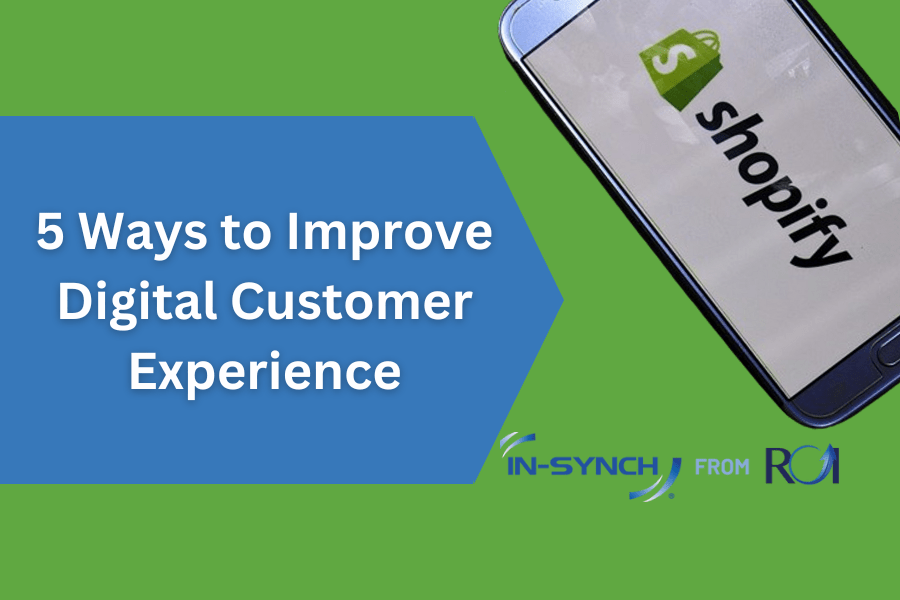By Ruth Richter • February 20, 2018

It’s an on-going process to ensure that cyber security is in top form—this protects customers, vendors and the business itself.
Secure the Sale … and the Shopper
It’s important to make an ecommerce site secure, but equally important to accurately convey this to shoppers to maintain buyer confidence. The following are five steps to reassuring your customers:
- Have an Effective Cybersecurity Solution: Multifactor authentication makes it harder for hackers to break through to your information. Users should be required to enter additional authentication to access sensitive information on their accounts, such as methods of payment and ship-to addresses. This same multilevel authentication should be in place to verify any of your employees who need to handle anything related to money. And, don’t leave your data lying around! Keep it stored on secure servers, whether a web service or onsite. Any onsite data should be encrypted at every entry point.
- Be Serious about Security: Cyber security needs to be a core policy in the company. Make sure processes adhere to all compliance standards, such as PCI, and follow established policies for code revision and penetration testing. Communicate this vigilance to your team.
- Default to SSL Security: SSL certificates are a must, but quality matters. Invest in bank-level SSL security by default, along with Green Bar SSL certifications, and get both from reputable vendors. These top-level SSL certificates will allow your customers to rest easy knowing their transactions are secure.
- Keep a Separate Ecommerce Server: Investing in a separate and trustworthy ecommerce server—whether physical or virtual—keeps data secure. Ensure that the server capacity can also grow as the business does, or risk server downtime due to overabundant volume.
- Tell People You’re Secure: Display security certification logos right on your website. These recognizable symbols reassure customers so they can feel more comfortable putting their personal data into your system, trusting it will be kept secure. Consider adding a social media or email campaign that highlights any upgrades or improvements to your site’s data, all of which can only improve your customers’ confidence in their shopping experience with you.
Keeping Data in Sync with IN-SYNCH
Behind-the-scenes solutions such as IN-SYNCH for use with Sage 100 can also help beef up your security between online shopping carts and your data warehousing systems. IN-SYNCH relies on data exchanges that are initiated and controlled from within the Sage 100 server, giving you the most secure architecture possible.
Ready to improve your online shopping security? Let us help.




